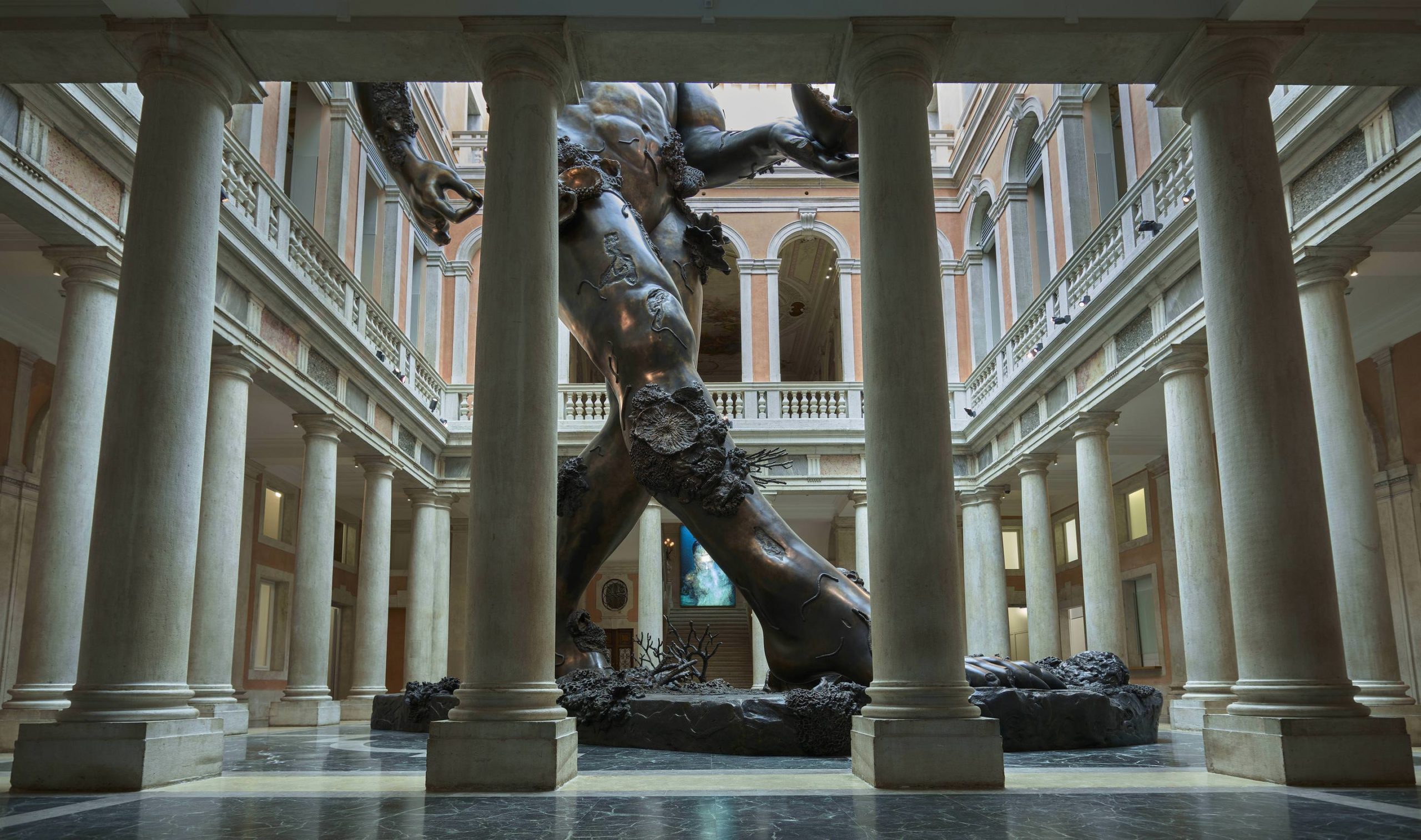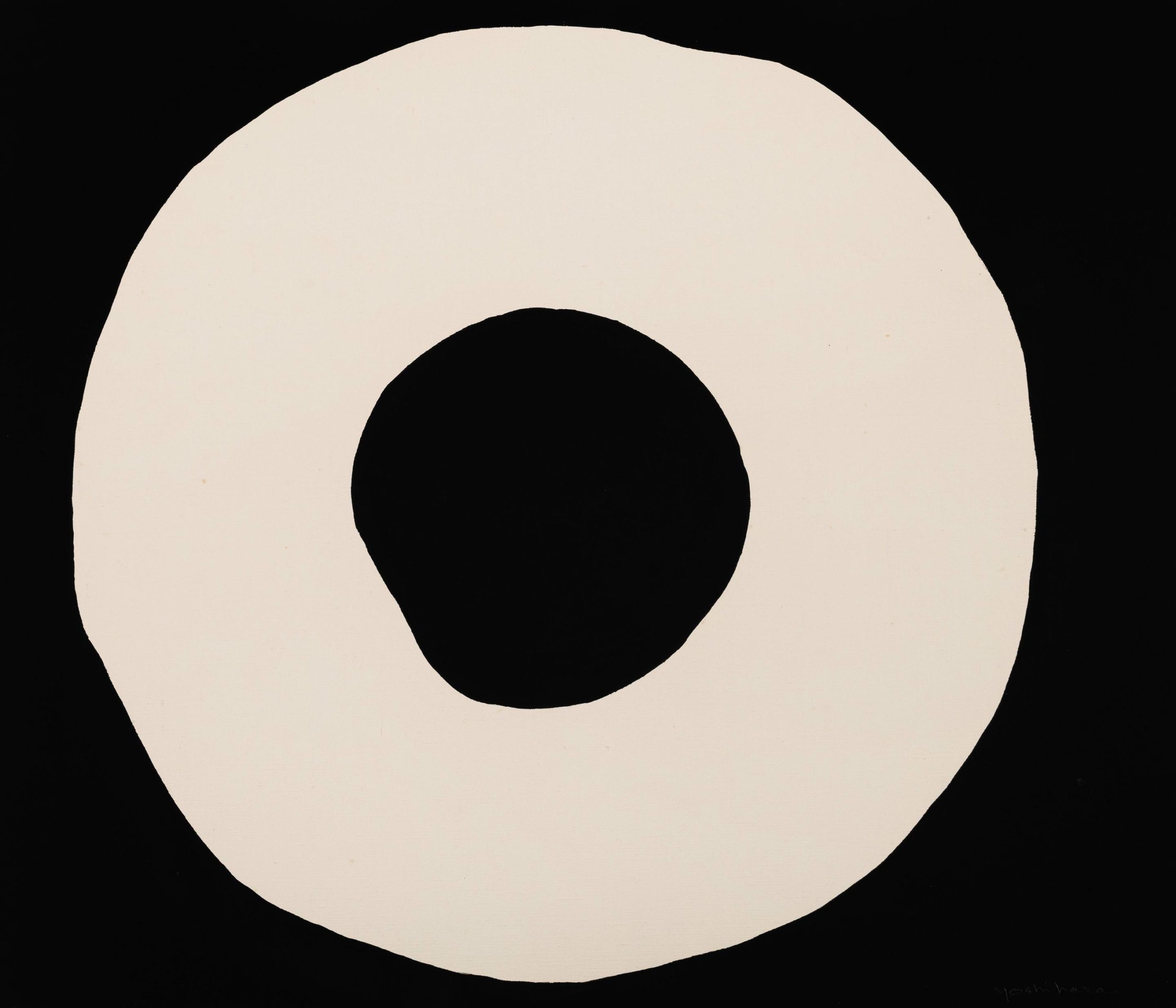When Blake Mycoskie founded TOMS in 2006, it created a whole new model for social responsibility in fashion. Their One for One model was a revolutionary idea, providing one pair of shoes for a child in need for every pair purchased.
Having given more than 60 million pairs in over 70 countries since then, TOMS has gone on to use the same model for eyewear, coffee (to provide clean water), and bags (helping in childbirth).
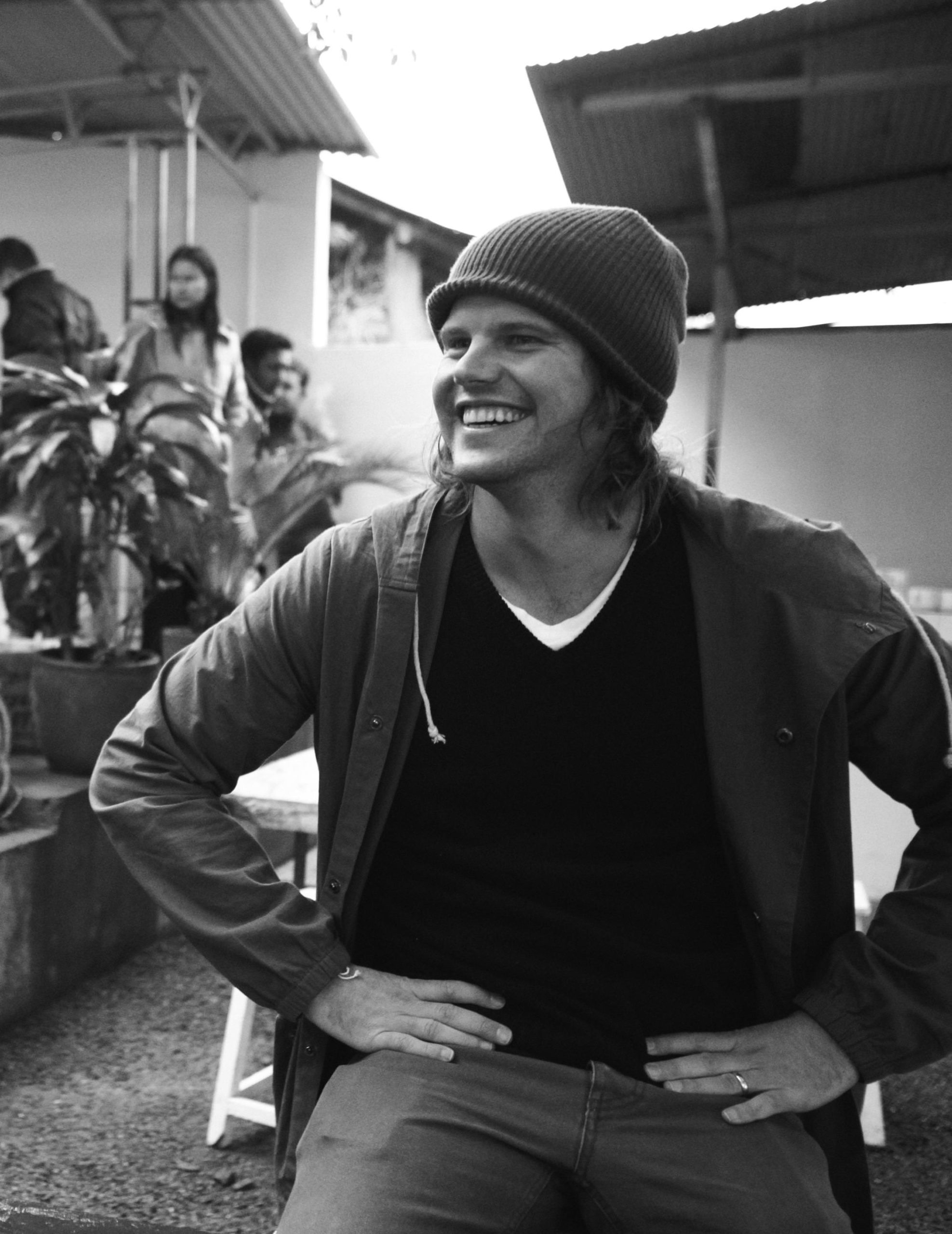
John Whitledge
Courtesy of TOMS
John Whitledge, who was named TOMS’s creative director last year, went on Mycoskie’s first giving trip to Argentina, as a friend. A veteran of the fashion industry and founder of the brand Trovata, he acted as an adviser for TOMS for years.
Whitewall spoke with Whitledge about making his role at TOMS official, how giving continues to be at the center of what they do, and getting back to basics.
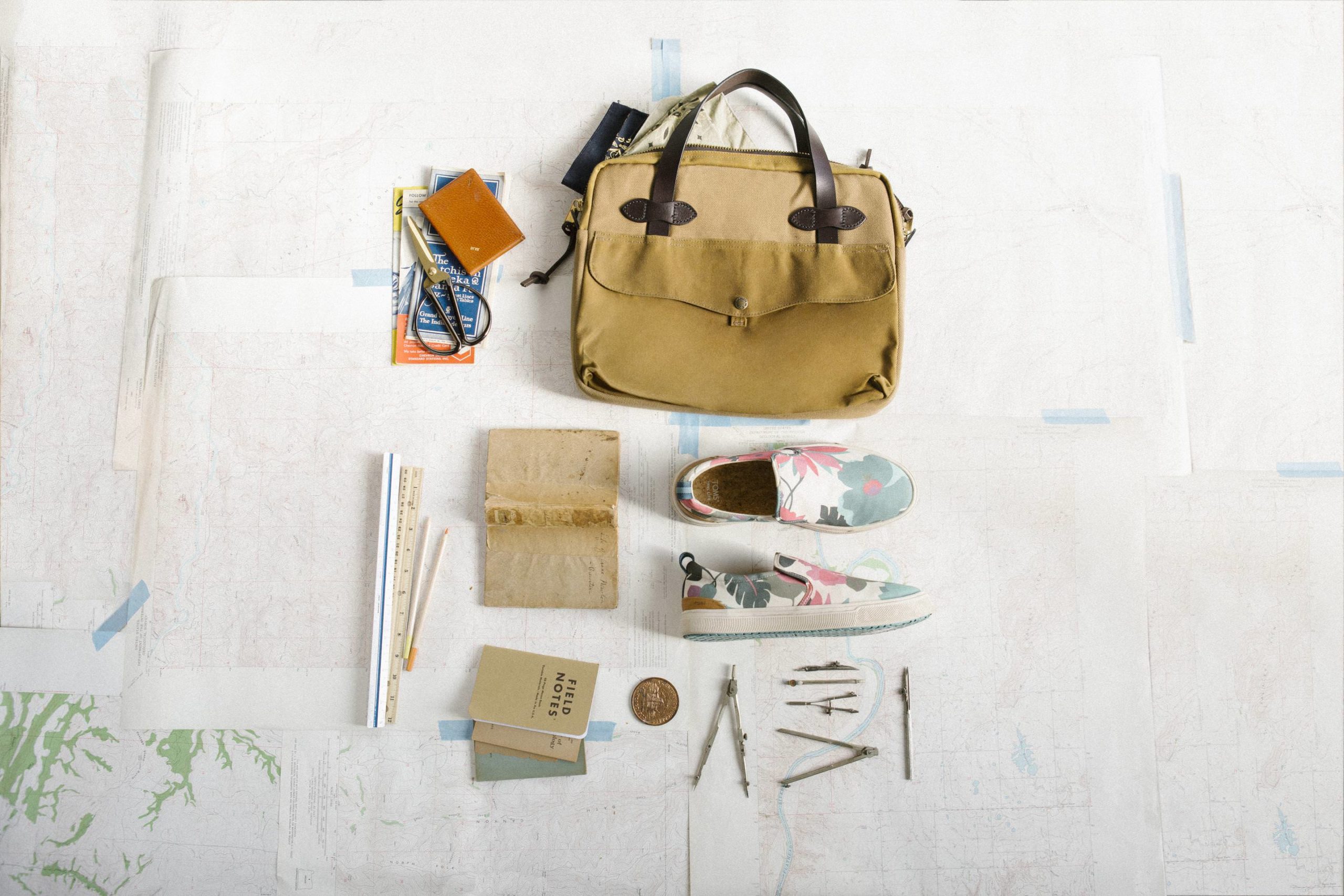
Courtesy of TOMS.
WHITEWALL: When you first came on as creative director, you said you wanted to get back to what makes TOMS TOMS. What kinds of questions do you have to ask in order to get there?
JOHN WHITLEDGE: It was about starting from a place of authenticity and going back to where TOMS started and the One for One business model. How does that connect to the product and tell an authentic story?
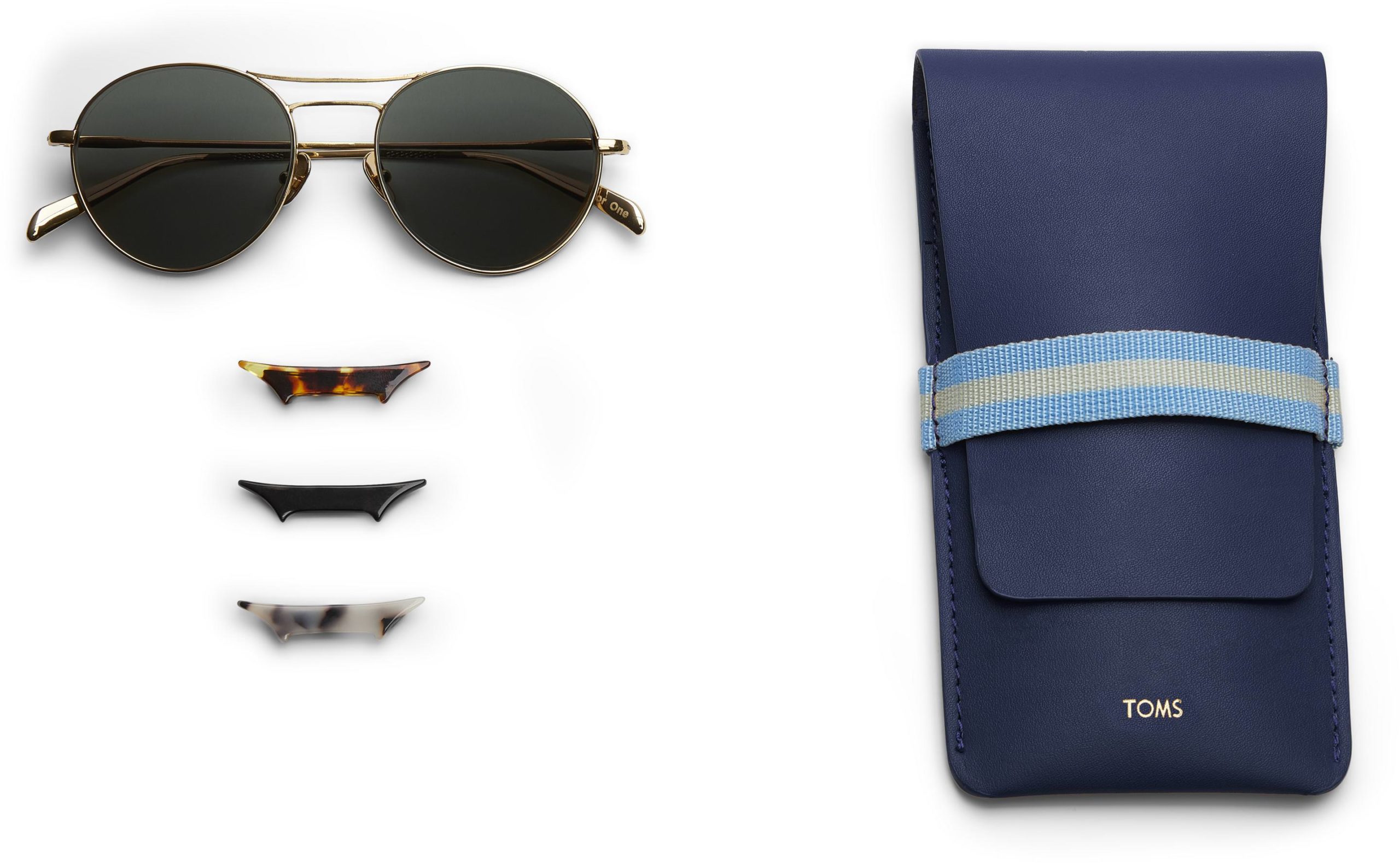
Courtesy of TOMS.
The first question I asked the team was “What are the things you love and what are you willing to pay full retail for?” Because if they’re not willing to pay full retail for them, why should someone else? I think that really helped drive the team and made it personal. You’re only as good as your team. So rather than starting with your target market, the best thing is to build your team around people from your target market and let them lead and inspire you. I’m there to help encourage and help curate those ideas and make sure they go all the way through.
WW: What kinds of things did you discover from asking your team those questions?
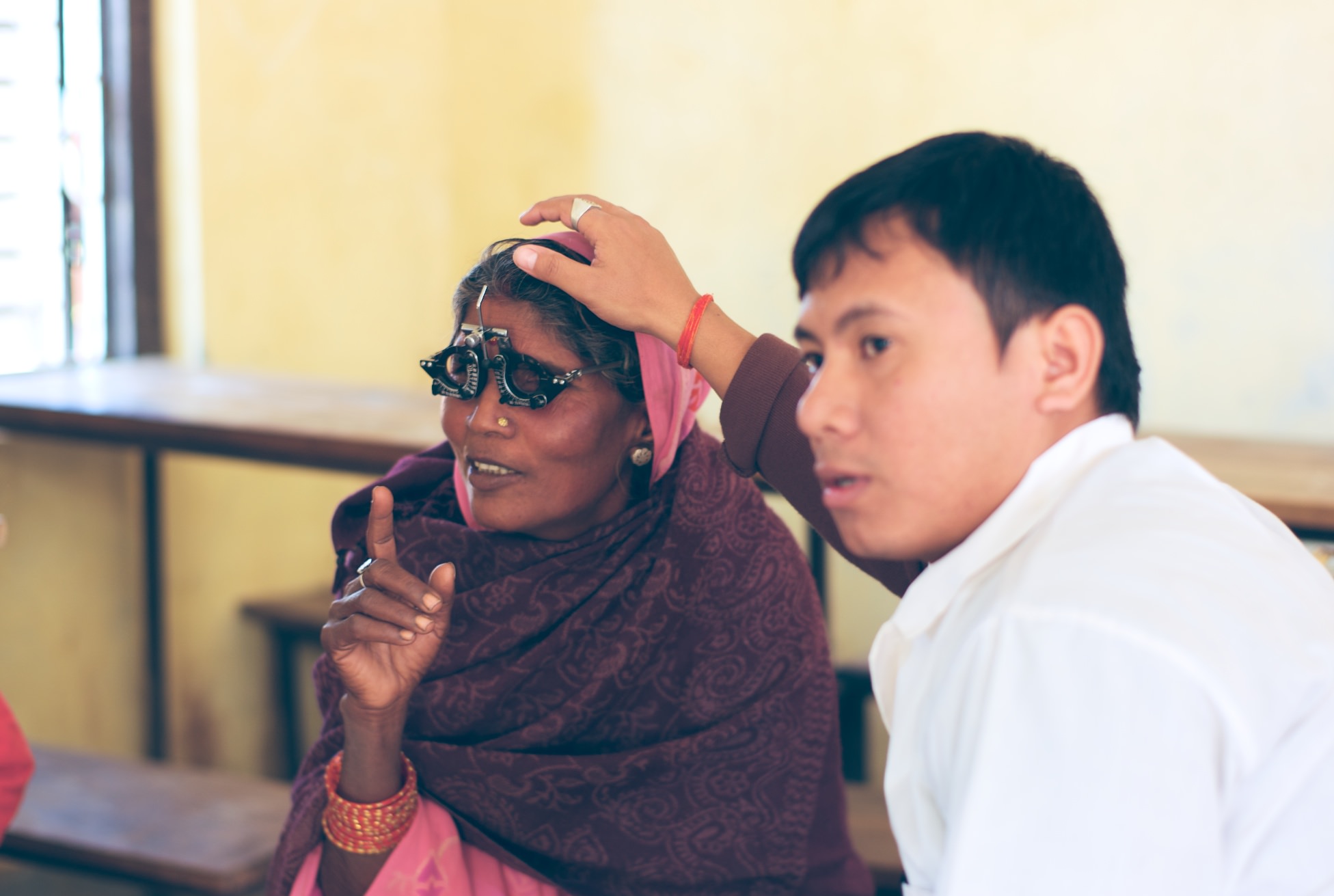
Courtesy of TOMS.
JW: I think the number-one thing was the original shoe, the Alpargata. And if this product is our storyteller, if this is what makes us authentic, then we need to put this first and foremost.
The Alpargata is a shoe that is lightweight, it’s easy to travel with, it’s comfortable, it fits in your bag. So when we looked at the rest of the line, we were figuring out how to connect the dots through different categories like sneakers and sandals.
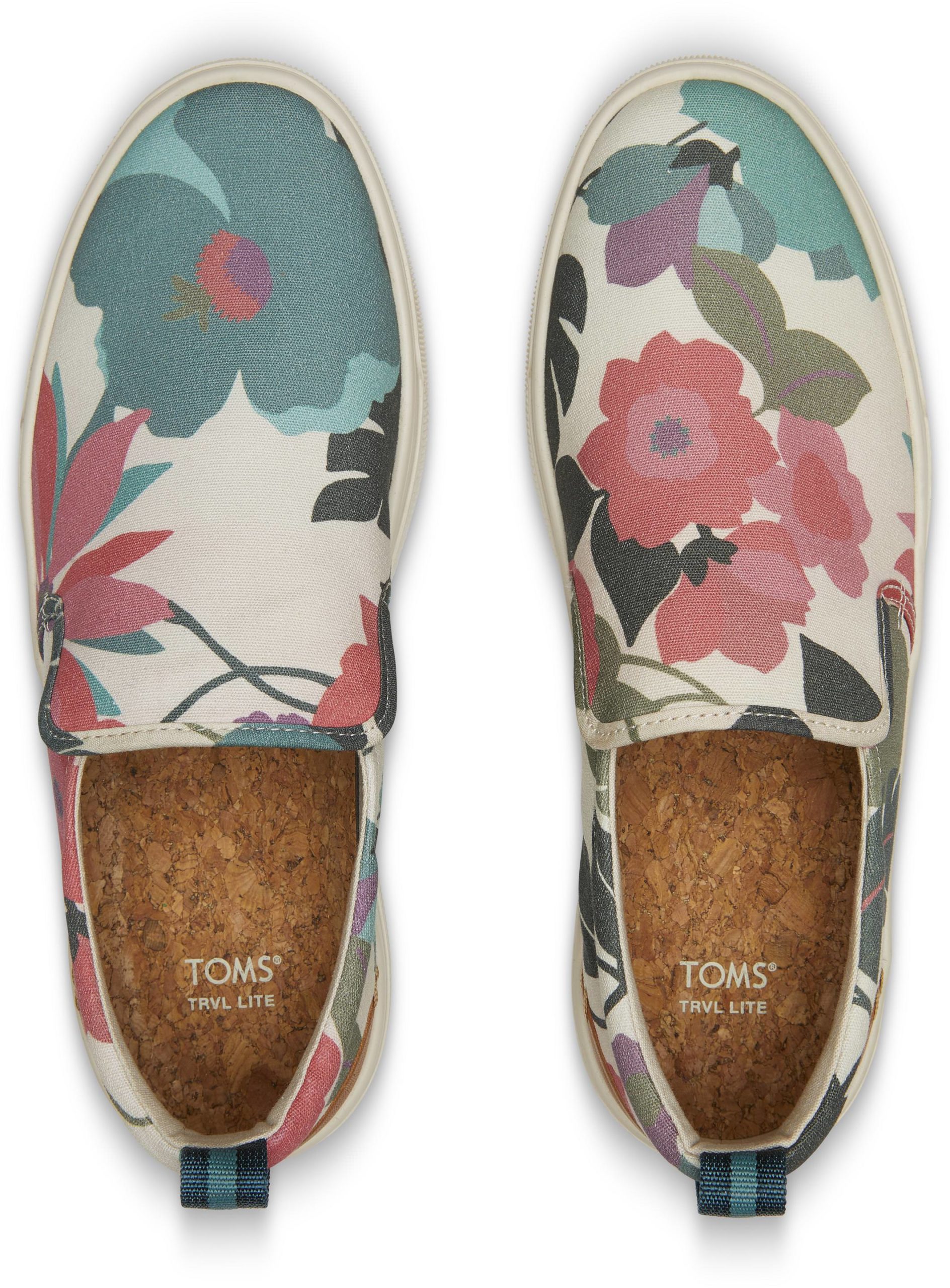
Courtesy of TOMS.
One of the things we did was looking at the materials we’re using and going back to the basics with suede, leathers, canvas, and textured canvas. Then looking at signature details like stitches and liners and footbeds.
WW: Why is it important for your team to have that emotional connection with the designs?
JW: TOMS has very much been a company that has led by an idealistic idea of trying to make change and improve lives through business, all for a better tomorrow. But the product also has to sell itself on its own. The perceived value has to be there first.
I reference this quote from Charles Eames a lot: “The role of the designer is that of a very good, thoughtful host, anticipating the needs of his or her guest.” I think that you can apply that to so many things. It’s about putting yourself in the mindset of who you’re trying to share a good experience and story with.
WW: Just the story isn’t going to work. You need more.
JW: Yeah, you need it all. The story can take you a long way, and might be able to override that in the short term, but it can’t do that in the long term.
WW: It’s incredible the impact that the One for One policy has had on the industry. It’s been taken on by other brands. How does it continue to inspire the design process for you?
JW: For me, when you see the impact that the brand has had—we work with an amazing giving team and they’re always working on different solutions and sharing stories. If you’ve been working here for a year, you get to go on a giving trip. Usually, it’s somewhere in the U.S. or Latin America or India. Those experiences show you why you’re doing the work you’re doing.
Going on the first giving trip to Argentina, where we gave away 10,000 shoes over the course of a week, connecting with the kids and the locals and seeing the culture firsthand and hearing some of these stories—that was amazing. I also went to Nepal, where we launched the eyewear
programming, and got to see the cataract surgeries that we were a part of. That just changed everything for me.
But now that TOMS has been doing this for over 10 years, the challenge is, how do we take our giving and have even more of an impact? So not just settling for a status quo or settling for the way we’ve done it, but challenging ourselves and looking at ways we can have more educational or economic impact in local communities.
WW: What can you tell me about the sustainability side of TOMS?
JW: It is a big challenge that we have to approach the same way we did giving. We can partner with textile companies that are already experts in this, that are taking plastic bottles and turning it into fabric.
It’s about being mindful and looking into your supply chain to create more-sustainable products. And we’re looking at different ways to have impact.
When you think about over the years, when was TOMS at its best? It was not when TOMS was the authority on anything; it was when TOMS was the outsider and had this idealistic idea. People want to help when it’s impossible, not when you have it all figured out. I think whatever keeps us exploring interesting ideas is a good thing. And fun—if it’s not fun, it’s not
sustainable. I always need to be curious, and I think the people in this building need to stay curious as well as our consumers.






